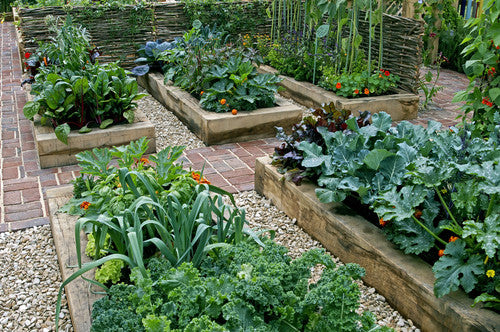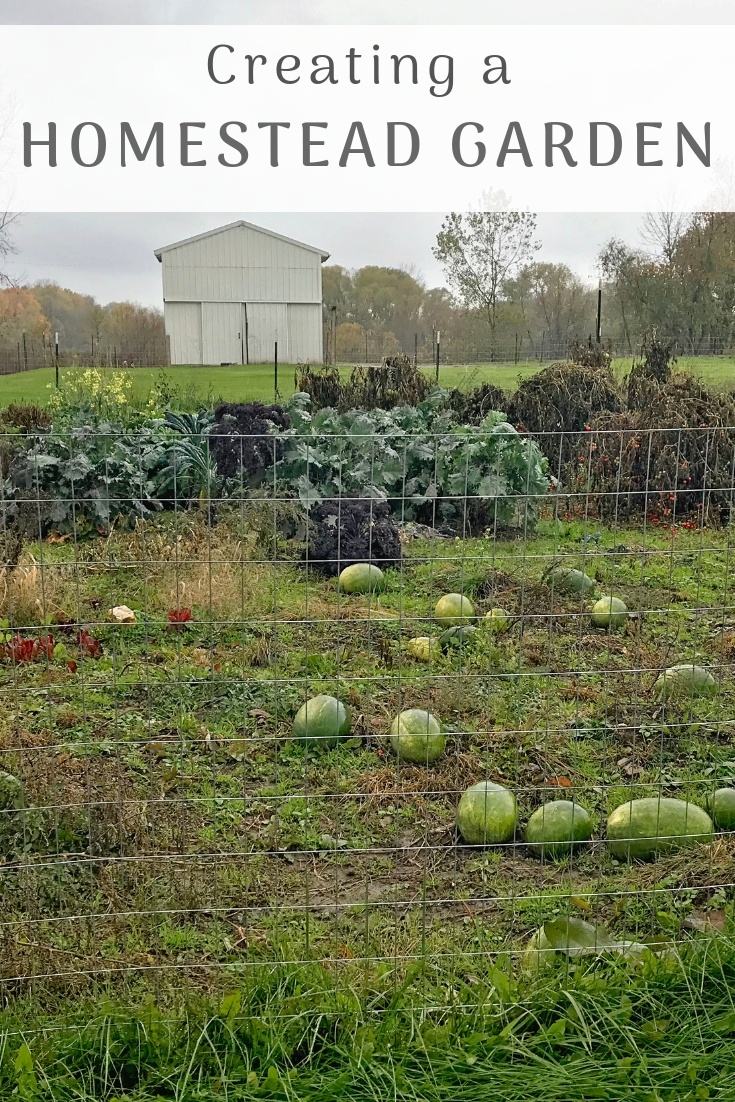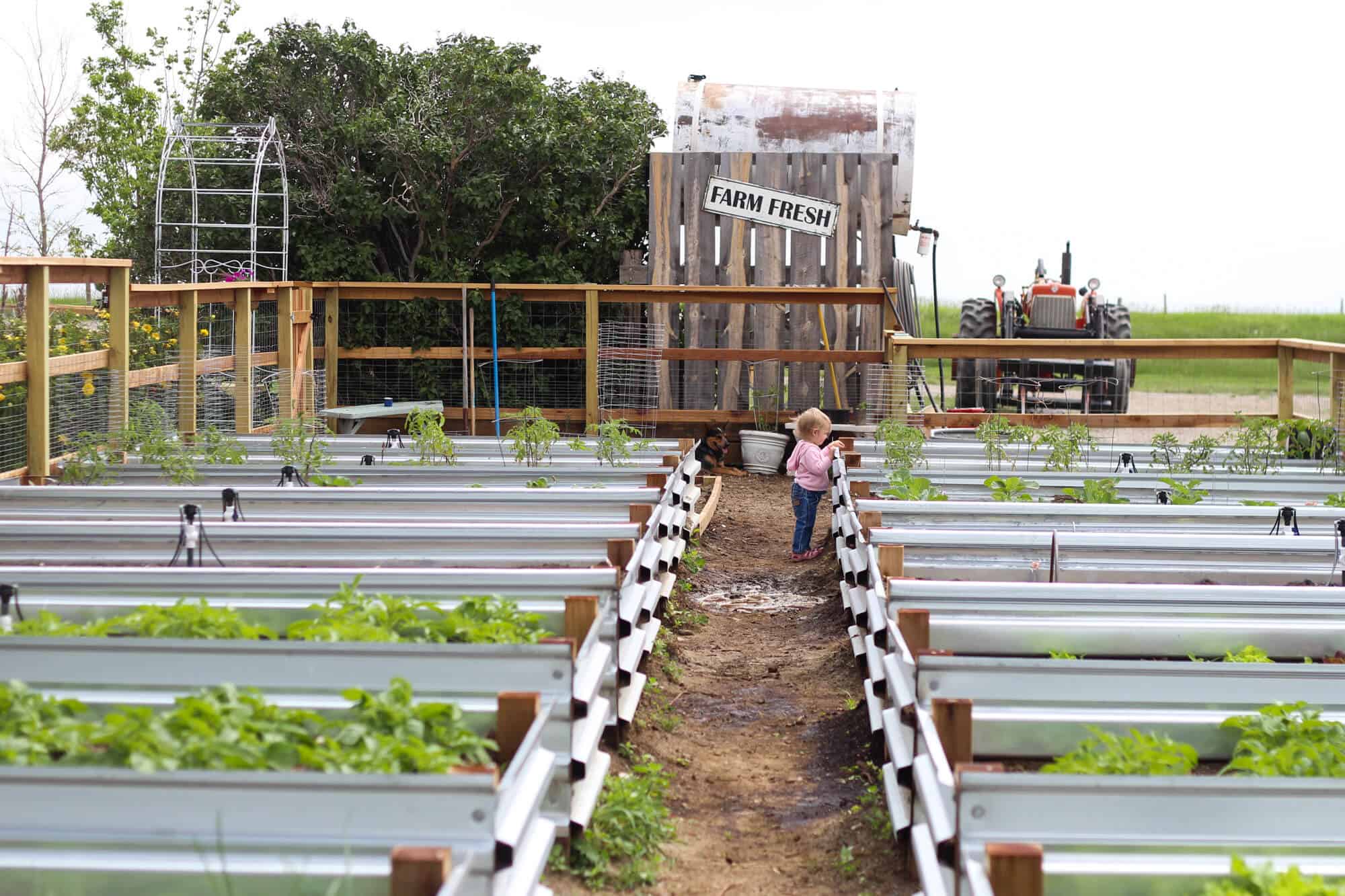DIY Projects to Improve Your Homestead Gardening
DIY Projects to Improve Your Homestead Gardening
Blog Article
Discover the Tricks to Producing a Effective and beautiful Horticulture Room
Producing a stunning and effective gardening space is not simply an issue of planting veggies and blossoms; it calls for a tactical technique that encompasses numerous vital components. From choosing the right area based on sunlight and soil type to attentively designing your layout and choosing suitable plants, each choice plays a pivotal function in the success of your yard.
Choosing the Right Location
Picking the suitable location for your yard is crucial to its success and total visual appeal. The very first step in this process includes examining sunshine exposure, as most plants require at the very least six hours of direct sunlight daily (Homestead Gardening). A south-facing yard usually gets the most light, while shaded locations can hinder growth and blooming
In addition, consider soil high quality and drainage. Well-draining dirt is important to protect against water logged origins, which can cause plant illness. Conducting a dirt test can supply important information regarding pH levels and nutrient web content, enabling you to amend the dirt appropriately.
Furthermore, closeness to water sources is an additional element to consider - Homestead Gardening. Having very easy access to a hose pipe or watering system can streamline the watering process and motivate constant plant treatment. Wind defense is also important; placing your garden near frameworks, such as fencings or walls, can secure it from severe winds that might damage fragile plants
Finally, think about availability for upkeep and harvesting. A well-placed garden permits practical accessibility, making certain that you can easily have a tendency to your plants without triggering unnecessary stress and anxiety or disruption. Thoughtful location choice lays the foundation for a prospering garden.
Picking Plants Intelligently
When picking plants for your garden, it's important to consider factors such as environment, soil conditions, and personal choices to ensure a harmonious and productive space. A thorough understanding of your neighborhood environment will direct you in selecting plants that grow in your details atmosphere. For example, selecting drought-resistant ranges is helpful in arid areas, while moisture-loving species might be better for areas with high rains.
Dirt conditions are similarly essential; performing a soil examination can expose pH degrees and nutrient content, permitting you to pick plants that will certainly flourish. Native plants are commonly an outstanding option, as they are generally well-adapted to local soil types and need much less upkeep.
In addition, consider your horticulture goals. Are you going for a decorative display, a vegetable yard, or perhaps a combination of both? This will influence your choices substantially. Finally, mirror on your individual choices-- picking plants that resonate with your visual tastes will boost your pleasure and dedication to maintaining your yard. By meticulously evaluating these factors, you can create a thriving and varied plant option that elevates your gardening experience.
Designing Your Garden Design
With an attentively chosen plant selection in hand, the following action is to develop a yard layout that maximizes both elegance and functionality. Begin by assessing the available room, thinking about elements such as shade, wind, and sunshine patterns. A tactical format must integrate different areas, consisting of locations for planting, paths, and possibly seating.
Start with larger plants or centerpieces, such as trees or tall perennials, placed purposefully to create visual rate of interest. Layer smaller plants in front to improve depth and appearance. Consider the development habits of your picked plants; taller selections should be positioned at the back or center of beds, while much shorter ones can line the sides.
Integrating paths not only helps with gain access to for maintenance however additionally welcomes expedition. Use materials that complement the yard's overall aesthetic, whether rock, crushed rock, or wood chips.
In addition, believe concerning seasonal changes and just how your design will look throughout the year. Including evergreens along with seasonal blossoms can make certain year-round elegance. Ultimately, a properly designed garden design harmonizes the natural elegance of plants with sensible factors to consider, resulting in a room that is both inviting and effective.
Enhancing Soil Health

To enhance dirt health and wellness, start by carrying out a soil examination to examine pH levels, nutrition material, and soil structure. This will certainly inform your changes. Incorporate raw material such as garden compost, well-rotted manure, or leaf mold to improve dirt framework, water retention, and microbial task. Additionally, exercising crop rotation can stop vitamins and mineral depletion and decrease pest and illness pressures.
Mulching is an additional efficient approach; it not only saves moisture yet likewise subdues weeds and slowly enriches the soil as it damages down. Avoiding extreme husbandry is crucial, as it can interrupt soil structure and harm beneficial organisms. Rather, embrace no-till or very little tillage techniques to maintain dirt integrity.

Keeping Your Yard Successfully
A properly maintained yard gives satisfaction and productivity, needing constant interest to make sure that plants thrive and the landscape remains inviting. Effective yard maintenance entails numerous vital methods that enhance the health of your plants and the general aesthetic of your room.
Normal watering is vital; nevertheless, it is important to tailor your watering schedule based upon the certain demands of your plants and regional climate problems. Mulching can assist maintain dampness, subdue weeds, and manage dirt temperature level. Furthermore, prompt weeding protects against competition for nutrients and resources, making certain that your plants prosper.
Trimming is one more Recommended Site vital task. It encourages healthy and balanced development, eliminates infected or dead branches, and shapes plants to keep an attractive structure. Additionally, keeping an eye on for illness and parasites is important; early detection and intervention can conserve your plants from significant damage.
Fertilization needs to be executed thoughtfully, utilizing organic options whenever possible to advertise lasting soil health. Lastly, seasonal jobs such as planting, dividing perennials, and getting ready for winter months will certainly ensure your garden remains vibrant year-round. By complying with these practices carefully, you can cultivate a yard that is both productive and beautiful.
Final Thought
In final thought, the development of a efficient and beautiful horticulture room calls for cautious consideration of numerous crucial elements. Picking a proper location with sufficient sunlight, picking ideal plants, designing a cosmetically pleasing layout, improving dirt wellness, and guaranteeing normal maintenance are essential elements. By integrating these methods, one can grow a growing garden that not just boosts the landscape but also promotes ecological equilibrium and sustainability. Such a technique ultimately brings about a satisfying horticulture experience.
From selecting the right place based on sunlight and soil type to attentively making your design and choosing ideal plants, each choice plays a crucial duty in the success of your garden. Well-draining soil is important to stop waterlogged roots, which can lead to plant illness.When selecting plants for your yard, it's important to consider variables such as climate, soil problems, and individual choices to guarantee a harmonious and productive area. Ultimately, a why not try here well-designed garden layout harmonizes the all-natural charm of plants with functional considerations, resulting in an area that is both welcoming and effective.

Report this page